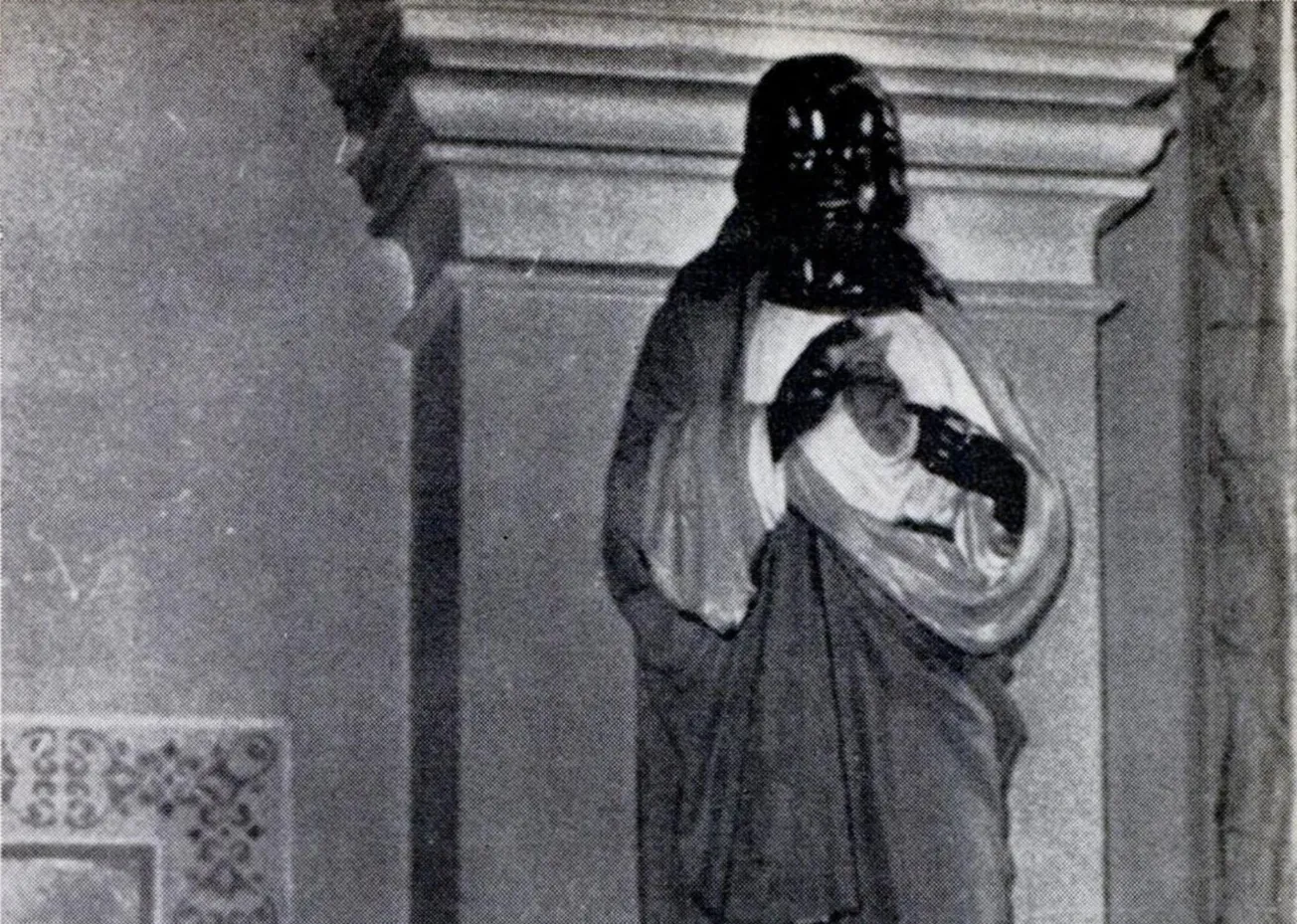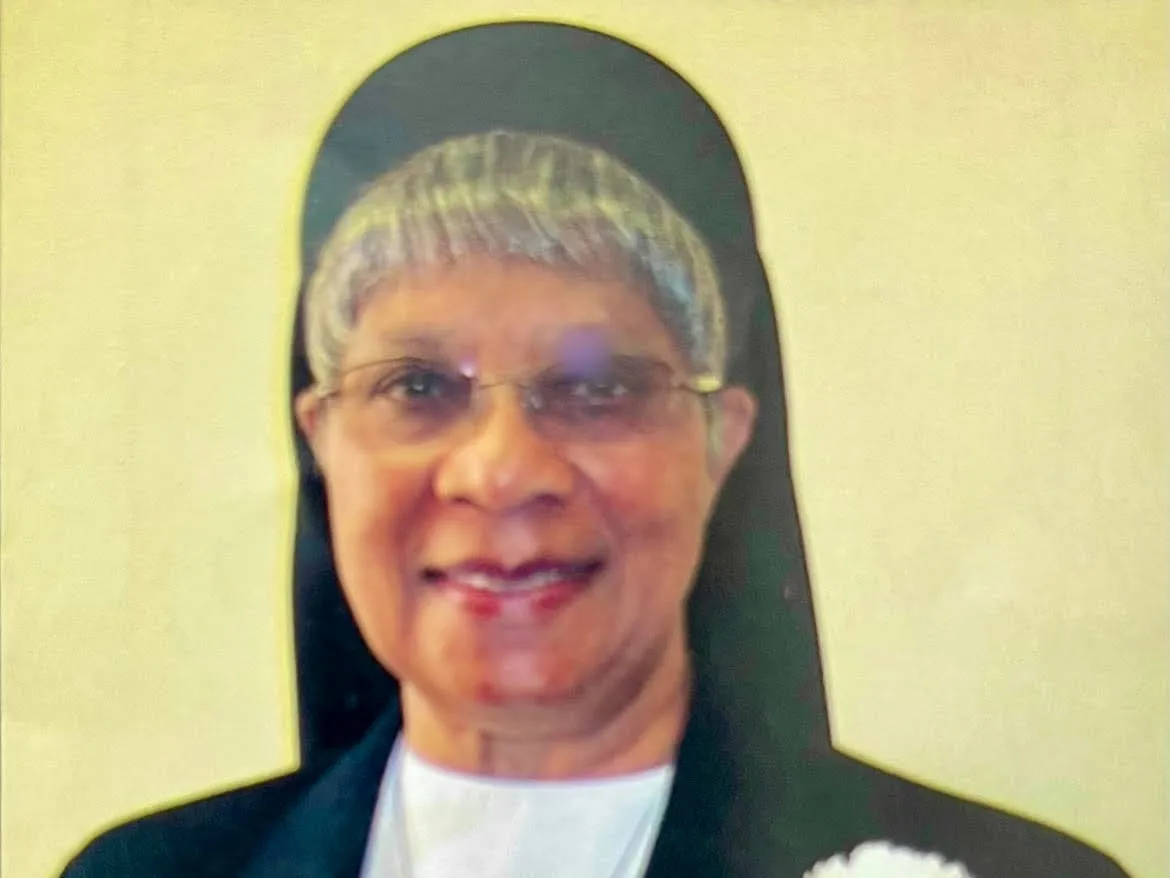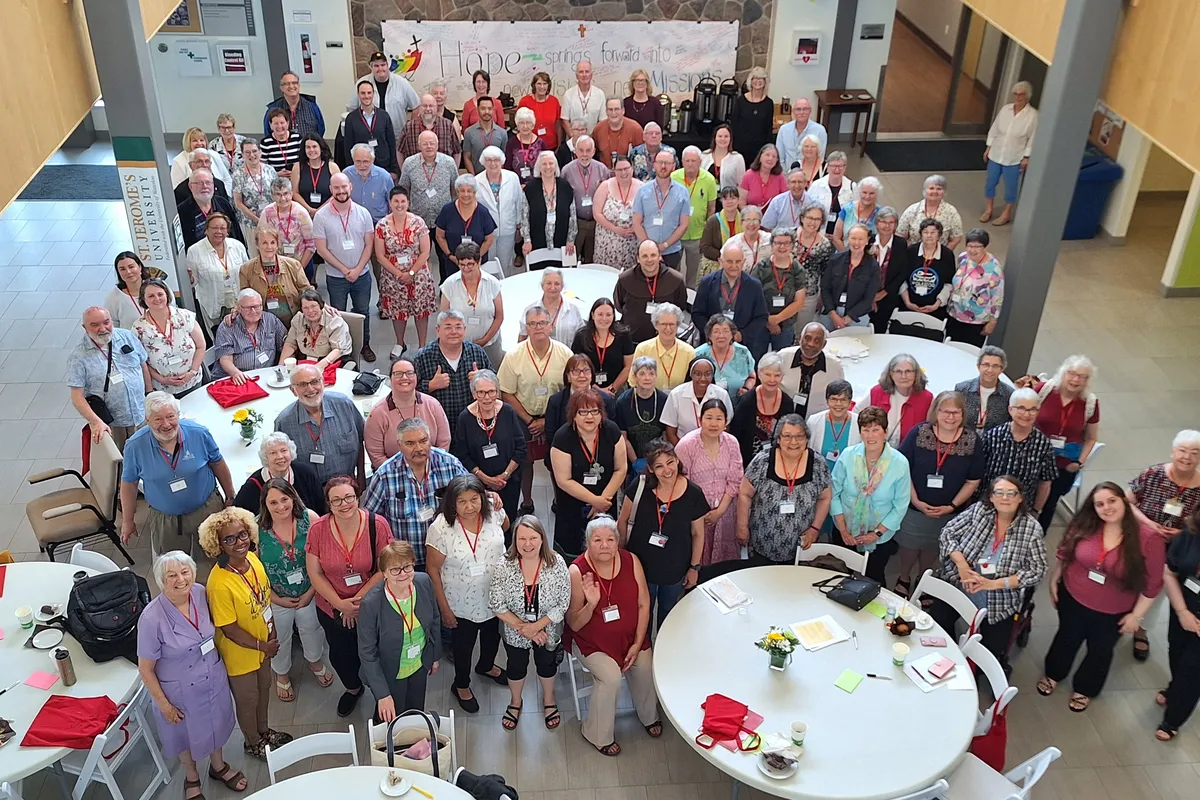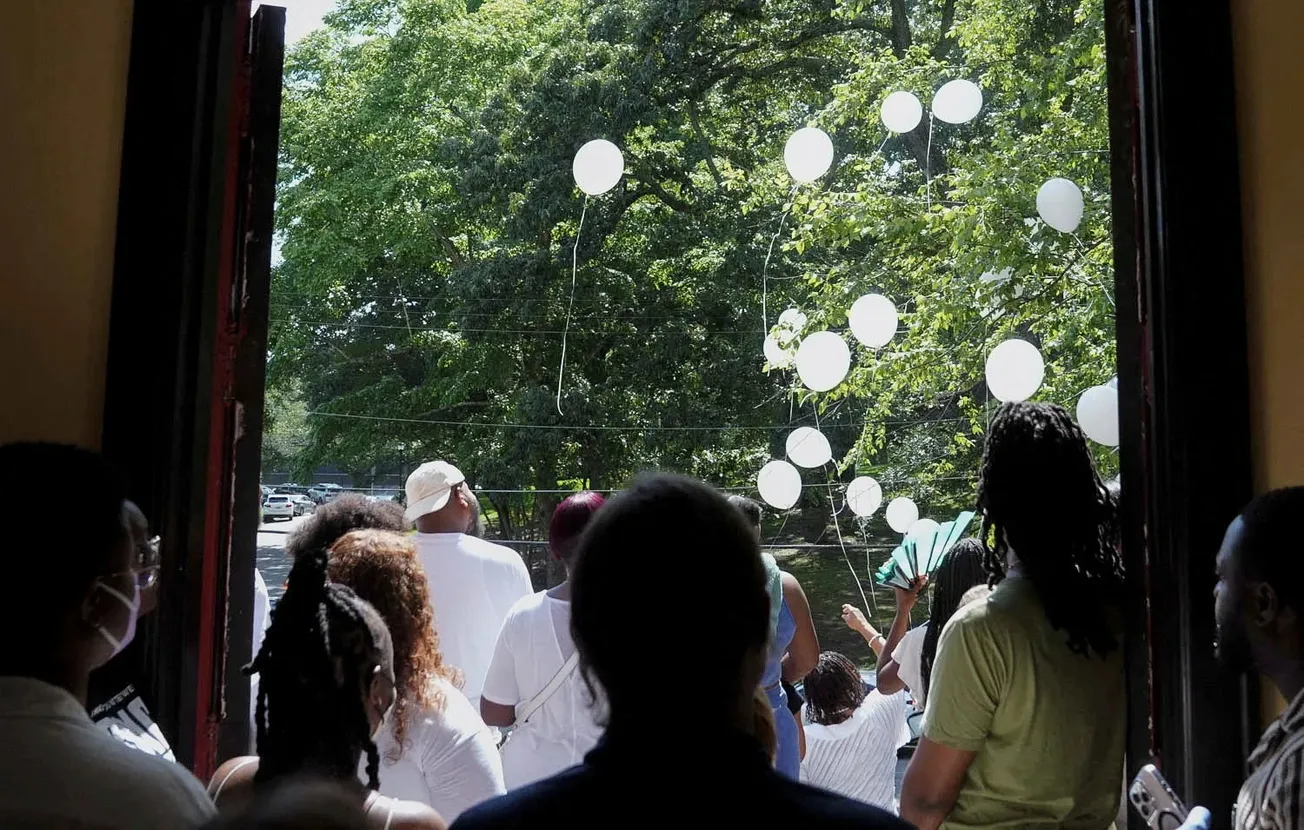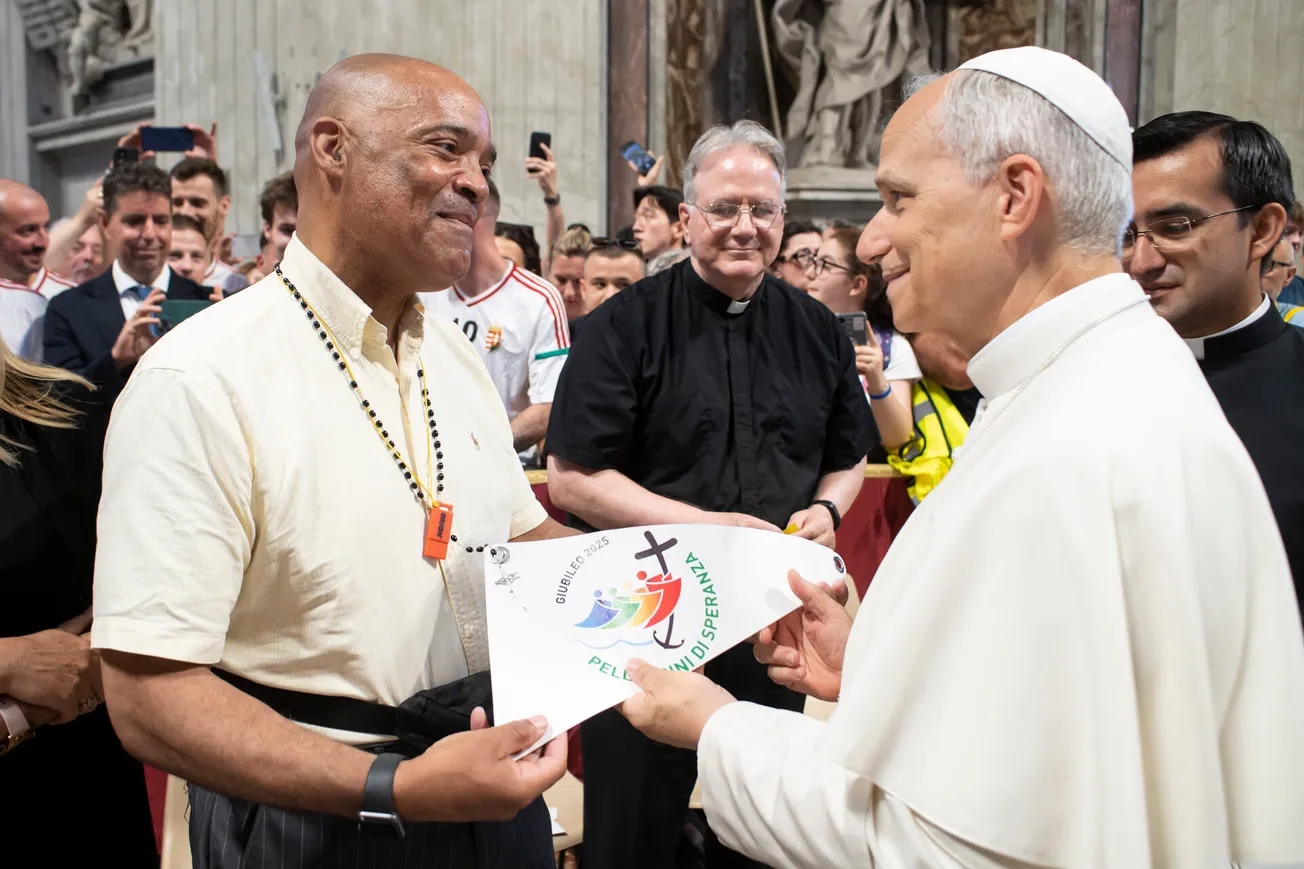Sitting in St. Pius V Church in West Baltimore waiting for Mass to begin, my eyes were wide open to the realization that nothing in the church looked anything like me or my people. Every picture of God the Father, Jesus, and the Blessed Mother was White. Every representation of angels and saints was White. It was 1971 and it hit me like a lightning bolt, striking me as quite odd. How could this be? How in the world—in a Black Catholic church, where the Oblate Sisters of Providence sponsored the school and the Josephites were stationed as priests—could Black people not be represented on the altar or its nearby walls, in the statues or the Stations of the Cross? A White-American version of Catholicism was dominant.
Now before you correct me with the news that St. Martin de Porres was featured in many Catholic churches after his canonization in 1962, let me tell you: I know. The Peruvian-born Black religious brother, though fair complexioned due to the mixed marriage from which he was born, was shown as a person of color. Also, during Christmastime, one of the Three Wise Men—King Balthazar—was clearly indicated as a Black man by the brown paint on his figure in the manger scene. Some churches also showed Simon of Cyrene (a North African) helping Jesus carry the burdensome cross; in some depictions, he too was represented as Black even in some White churches.
Nonetheless, I was thunderstruck at 19 years old on that morning in 1971 at St. Pius V. “There is something wrong with this picture,” the Spirit told me. And so, after I met with Nancy Dennis, Arlene Fisher, and Harold Milledge (the only non-Catholic among the four of us), we decided to paint our White, prominently positioned, life-sized statue of the crucified Jesus Black.
We went into the church on a Friday night in July with a bucket of mahogany stain using “borrowed” keys. We worked all night to paint the crucifix, the statues of the Blessed Mother, and St. Joseph. The Jesus and Mary figures in each of the Stations were also darkened, leaving only the torturing Roman soldiers White.
Two days later, there was an explosive reaction after Sunday Mass. Once I was outside and someone asked me if I had anything to do with painting Jesus Black, before I could answer it felt like 300 people were hollering at me—with some threatening to beat me up. Some explained to me that black is the color of the devil. One lady told me black is not beautiful. I told her the statues were now the same complexion she was, and that I thought she was beautiful. She didn’t know how to respond.
There was a furor in the media, including a call from The Catholic Review, the local Catholic newspaper; angry calls into the most popular nighttime talk show on WCBM radio; and a picture of our activist artwork featured in JET Magazine.
We had made our statement: The Catholic Church has to become relevant. We routinely heard nothing from the pulpit about the horrific war in Vietnam as many body bags of Black boys returned to our neighborhoods. We heard nothing about rampant poverty or unfair and unexplained Catholic school and church closings in Black neighborhoods. And there was nothing in the Mass that reflected our culture. That is why we hired a gospel choir director and we rehearsed regularly before Sundays. We asked the Women’s Sodality for funds to open a food cooperative in the vacant, storefront building diagonally across the street from the church. We returned the $400 once we were turned down for occupancy by the building’s owner.
I grew increasingly radicalized upon hearing talks from several Black priests once a week at St. Peter Claver Church in the same neighborhood. By that time, the National Black Catholic Clergy Caucus had been founded, with the opening manifesto that “the Catholic Church is a white, racist institution.” I learned a lot from the talks of Harlem-born Fr Lawrence “Larry” Lucas, Chicago’s Fr George Clements, Fr Clarence Rivers of Cincinnati, and our rare Black priest in Baltimore: Port Arthur, Texas, native Phil Linden, a Josephite.
They spoke openly and freely of the racial prejudice and discrimination in the Catholic Church. Most of us in the pews never thought much of how or why we were so badly treated. We probably couldn’t reconcile White Supremacist attitudes and behaviors and supposed holiness. Where was second-class membership reported in crowds Jesus spoke to? Who did Jesus refuse to heal based on race? How were Catholic clergymen able to live so easily with the contradiction of teaching that God loves everyone equally, while themselves practicing racial segregation in churches, schools, seminaries, convents, housing, and Catholic hospitals?
Three of us flew to Detroit in 1971 for a National Black Lay Catholic Caucus. While there, we took to the stage unannounced and unapproved to stop the conference until there was acknowledgment that on August 7, 1970, the activist Jonathan Jackson had died in California during an unfortunate attempt to free his brother George from incarceration. (Angela Davis, who became a renowned and beloved activist, was accused of involvement.) Once the assembled crowd in Detroit acknowledged the sad passing of Jonathan, I, Nancy, Arlene, and the Black Panther Angie Collins let the conference proceed.
We were Black Catholic activists fighting for relevance in our Church. It has been years of struggle within this White, Catholic, and racist institution in the U.S. We now fight to keep Black Catholic churches like St. Pius V open in Baltimore. A luta continua. The struggle continues. And so, therefore, we go on.
Ralph E. Moore Jr. is a lifelong Black Catholic, educated by the Oblate Sisters of Providence and the Jesuits. He has served on various committees on race, racism, and poverty for the Archdiocese of Baltimore. He is a married man with two children and four grandchildren. He is a member of the St. Ann Social Justice Committee. He can be reached at vpcs@yahoo.com.


